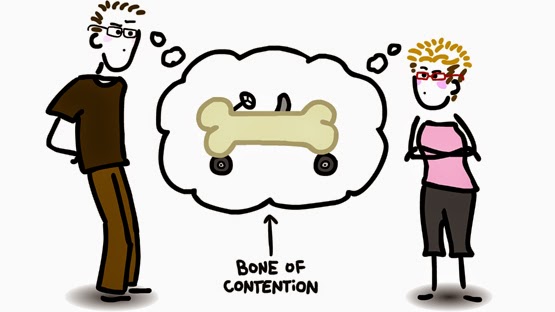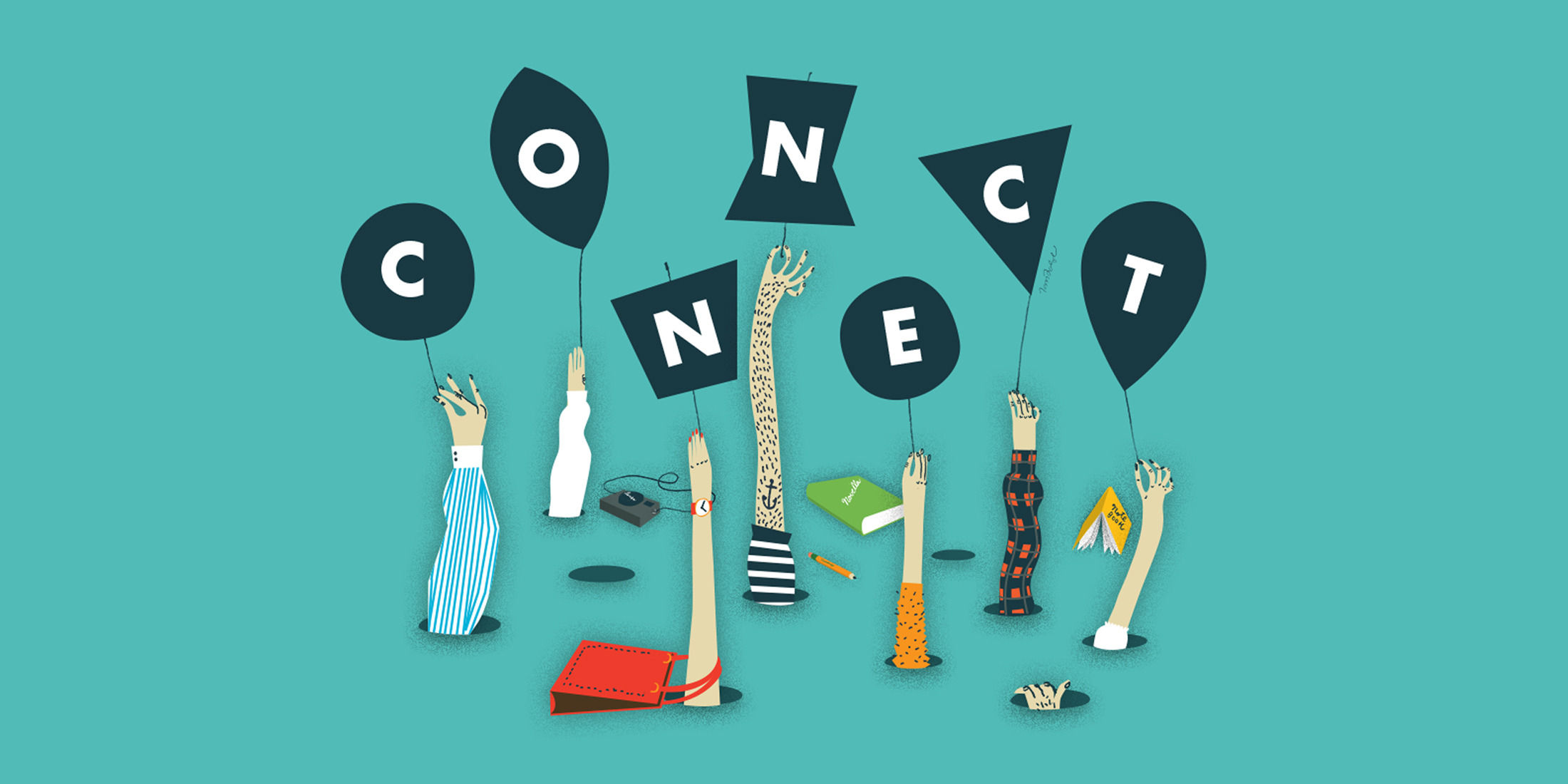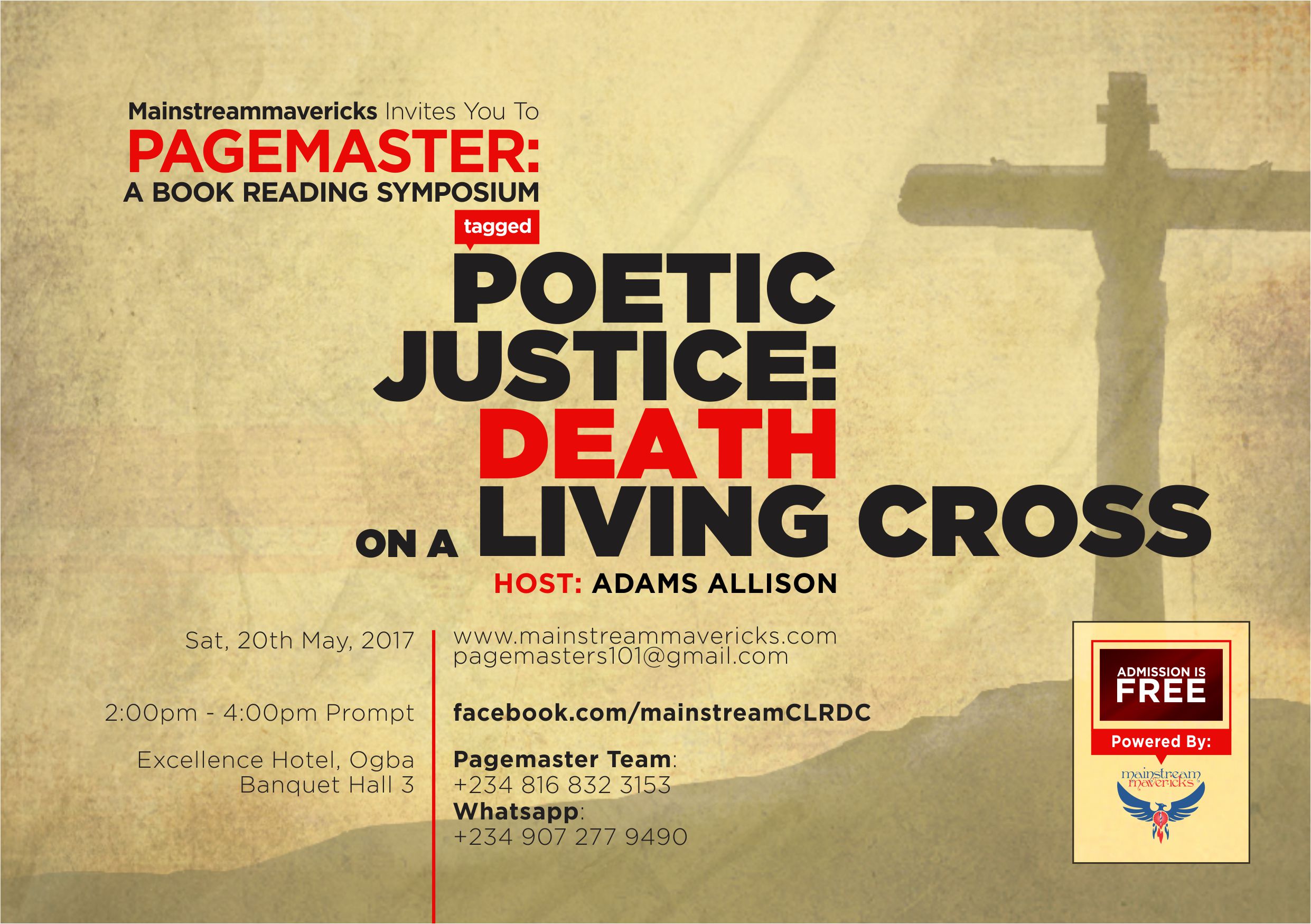Lessons from a discussion between a five-year-old and his father.
A young boy of 5 asked his father, ‘’Dad, why do we pay tax?’’ The father went on and on about how taxpayer’s money is used to fix roads, fund security and education and he listed so many other uses appealing to logic and reason. He explained why tax should be paid but the young boy was still not persuaded by his father’s reply. Then the father said, “Even Jesus said, ‘Give to Caesar what belongs to Caesar'”.
Then the young child jumped at that answer, “Dad! That’s exactly my point. Caesar died over 2000 years ago, why do we still pay taxes to him?”
THE LESSON
From this story, we can clearly see that the effective teacher is not the one who simply ‘knows his onions’ or the one who can merely communicate his points fluently.
On the contrary, the effective teacher understands his audience (not just his onions) and makes a conscious effort to connect with them (not just to communicate).
Therefore, the key is effective connection not merely effective communication. The father effectively communicated his points but failed to connect with his audience – the five-year-old boy.

The way to effectively connect to your audience is to find their bone of contention and direct your message to it. Making a connection is like extending lightning to a lightning rod. Your audience’s bone of contention is their lightning rod. Find it and illuminate their minds with the light of your message. Communication without connection is like sending out random lightning bolts into the earth; it will be aimless and useless just as the father’s points were to his son. In worse cases, it could even prove catastrophic. That’s where great debates end up in catastrophic arguments.
LISTENING
Why did the father fail to find the ‘lightning rod’ in the mind of his five-year-old? He failed for the very same reasons we all fail too – because of our abundance of knowledge. We think we have all the answers. We are so full of knowledge, we feel that we would burst if we don’t find eager ears to pour into. We are so intelligent we don’t care to listen anymore. And people who don’t listen never locate the ‘lightning rod’ to spark it with knowledge.
Those who don’t listen usually end up in vicious circles of fruitless conversations because they keep battling ‘symptoms’ instead of fighting ‘root causes’.
THE ROOT
Bones of contention are born out of convictions and opinions. So, if you want to know what drives a person’s ideology or his bone of contention, just ask for their opinions and convictions on the subject matter of discussion.
And then LISTEN.

That is why every good communicator and every true leader places high value on feedback and listening. That means you can’t afford not to listen to the suggestions, questions and even the rebuttals of your audience. They are excellent pointers to their convictions and opinions, i.e., their bones of contention. Without getting to the root of these bones of contention, no leader – no matter how powerful, no teacher – no matter how intelligent, and no orator – no matter how eloquent, can connect with his/her audience.
THE ROUND-TABLE CIRCLE
I must warn you though, the fact that you locate the bone of contention doesn’t mean you will succeed in changing the mind of your audience. Sometimes the issue is something stronger than a bone of contention, other times it is pure delusion and yet still, it could be a matter of wrong paradigms. Not to mention the possibility that you could even be the wrong party in the debate who needs his opinions challenged and changed. That’s a whole conversation for another day.
If you have successfully identified the bone of contention and have done your own bit to address or challenge it, then you have no other obligation to that debate (except another bone of contention arises). You can satisfactorily move on to other things because the circle of defense and rebuttals has come to an end. Failure to move on can only lead to tension between friends. But if your audience has no opinion, you cannot even begin that circle of debate let alone complete it. Without that bone of contention to guide your discussion, your points will bounce around the room like stray bullets. The question now is, how do you approach a people who have no opinion?
THE OPINION POLLS
People without opinions are curious people. Curious people don’t have an opinion or any convictions of their own. They are knowledge junkies. They feed on anything and everything. They don’t sort or filter through what they hear, so it doesn’t matter how much knowledge you off-load on them, they will never come to the knowledge of the truth. They simply add your knowledge to their junk of errors and call it a compendium of wisdom. Such a people often remain unchanged in their thinking. People who don’t have an opinion hardly ever disagree with you. They cannot differentiate between truth and error. In their minds, all knowledge is useful. They don’t have a bone of contention let alone a back bone of their own.

THE OTHER SIDE OF THE COIN
On the other hand, there is a counterpart to bones of contention. The opposite of bones of contention are ‘reference points’. Reference points are basis or standards for evaluation, assessment, or comparison; a criterion or an authority. We use them for effective communication (between like minds) just as bones of contention are used for CONNECTING (differing minds). What I mean is, communication is easy and effective when you and your audience both share the same reference points. Like two lawyers discussing a case, their reference points will be the law and the constitution.
In the story of the five-year-old boy and his father, we can see that they both had the same reference points. They both agreed on logic and on the scriptures, so the father could alternate between both reference points to explain his position to his son. However, the problem with the son’s inability to understand/agree with his father was not in the frailty of his reference points but in the failure to recognize the bone of contention that the boy had which was based on a misinterpretation of one of their reference points. From this, you can understand why debating based on reference points is not always as effective as it should be. When you neglect ‘The Bone of Contention’ you neglect the very soul of an effective debate. No matter how intelligent your defence is, no matter how profound your argument is, if you neglect the bone of contention, your message loses its strength of conviction.
The next time we meet on the round-table of dialogue, let’s have a conversation in which we can connect.
See you at the Pagemaster Symposium this Saturday,
May 20, 2017
2pm – 4pm prompt
Banquet Hall 3, Excellence Hotel, Aguda-Ogba, Lagos.

Reblogged this on Olorungemstone.